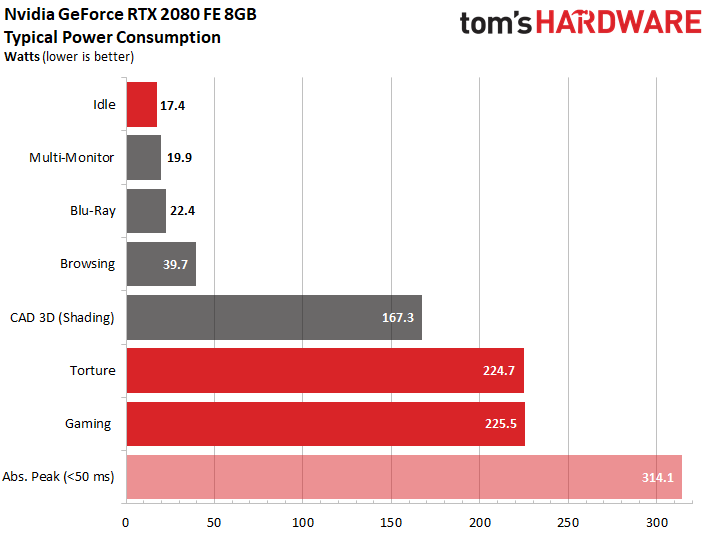Bonsaibäumchen
Member
Are you comparing textures only?
Yes as stated.
I've read somewhere textures are the biggest chunk thats constantly loaded on hdds and about 25% of all data thats usually loaded.
However this was last gen. I have no idea how things will be on next-gen. Hard to tell.
Either way this example was all in favor of xsx anyways. My guess is PS5's speed advantage will be bigger in real life environments if its neccesary. Because the 60% compression of bcpqck will only effect 25% of the overall data thats beeing loaded.
The rest will use zlip which has about 25% less compression then kraken.
Xsx: 100GB Data = 25GB Textures @ 60% Compression + 75GB Other Data @ 22.5% Compression = 10GB compressed Textures + 58.125 GB other Data = 68.125GB @ 2.4GB/s = 28.39seconds
PS5: 100GB @ 30% compression = 70GB @ 5.5GB/s = 12.73 seconds
Just another take at this. Theres no way we can say which scenario games will use in the future. Either way PS5's SSD will always be faster. Even in the worst case its still 24% faster then xsx.
In this case here its even about 55% faster.
Last edited:








